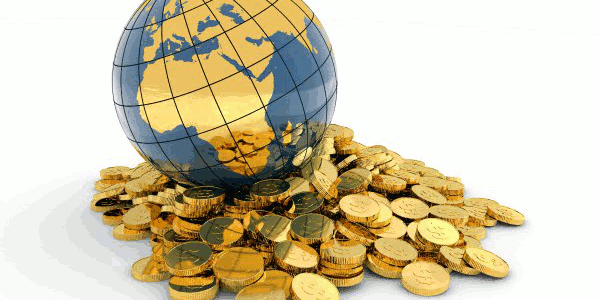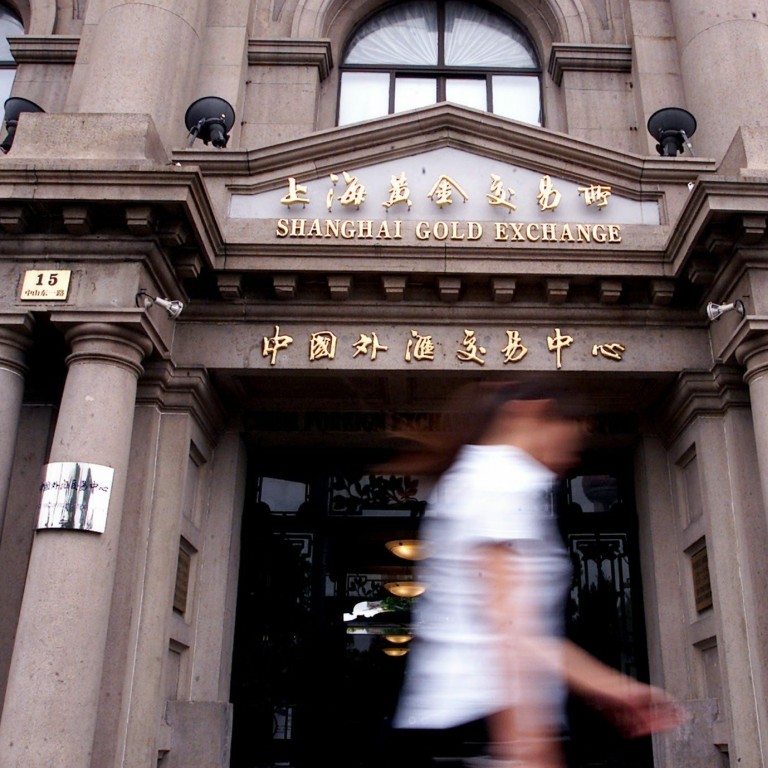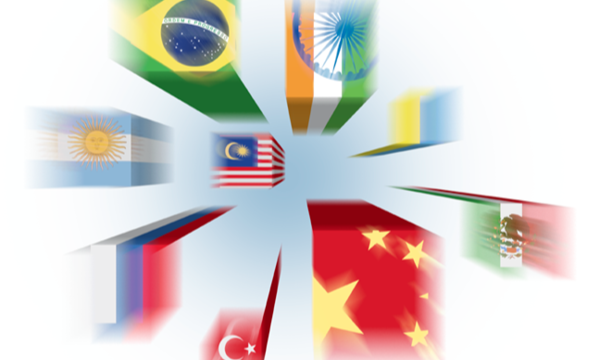Top Asian currencies such as the ASEAN region’s best performer the Thai baht (THB), the Korean won (KRW), and Indian rupee (INR) are in a tight position following June’s stronger-than-expected US jobs report.
The prospects of emerging market currencies hinge on the Fed’s decision on rate cuts and how local central banks’ policies evolve in response to the broader economic slowdown, according to ING Bank economist Prakash Sakpal.
The World’s Strongest Currency
The baht has strengthened against the dollar more than 8.3% this year. It is now the best performing currency in the world, according to Bloomberg-complied data. Bank of Thailand (BOT) has expressed concern over the currency’s strength and states that the strong appreciation “might not be consistent with economic fundamentals”, but the bank leaves the interest rate unchanged at 1.75 percent. Central bank governor Veerathai Santiprabhob says the institution has measures in place and stands ready to intervene to curb the large, short-term capital inflows if necessary. He stops short of explaining the details of such measures.
ING’s economist Sakpal points out that “Thai baht performance is out of sync” because its strength comes from “the large current surplus, which itself is a by-product of a significant economic imbalance – perennially weak domestic demand.”
Sakpal warns that excessive baht strength will dampen the prospects for exports and tourism by making them more expensive for foreigners. This could ultimately jeopardize Thailand’s status as a cheap tourist hotspot in Asia.
Federation of Thai Industries, the Thai Bankers’ Association, and the Board of Trade of Thailand sent a letter to the BOT on July 10, calling for the central bank to cut down the interest rate as the export sector growth continues to slump.

Downward Pressure On The Rupee
India’s GDP is at a 5-year low of 5.8% and the country’s trade dispute with the US is heating up. The Reserve Bank of India (RBI) has been easing the rate aggressively due to weak inflation and slow growth. The government has taken different measures to fuel growth as well as fund a wider deficit. The central bank has cut interest rates 75 basis points so far in 2019. India has also recently announced that it will raise $10 billion by issuing its first global bond.
“Other headwinds to currency appreciation are oil prices, which could be under pressure absent supplies from Iran,” said Sakpal. “With this, the USD/INR breaching 70 resistance level in the coming months looks more likely than not.”
Korean Won Reeling
The won, Korea’s official currency, has continued to lose ground against the dollar. Losses are stemming from concerns that the Fed won’t deliver a supportive rate cut and a trade dispute with Japan over the country’s curbs on exports of key tech components.
Robert Carnell, ING’s chief economist and head of research in the Asia-Pacific region, says that “the fears over the Fed are probably unsubstantiated, and any cutting from them will provide cover for the Bank of Korea to provide a much-needed cut of their own and undo the unhelpful November rate hike from last year, and probably go a little further besides.“
Carnell adds that “while these may not amount to ‘hawkish cuts’ ING does not see them being particularly harmful to the KRW.”








